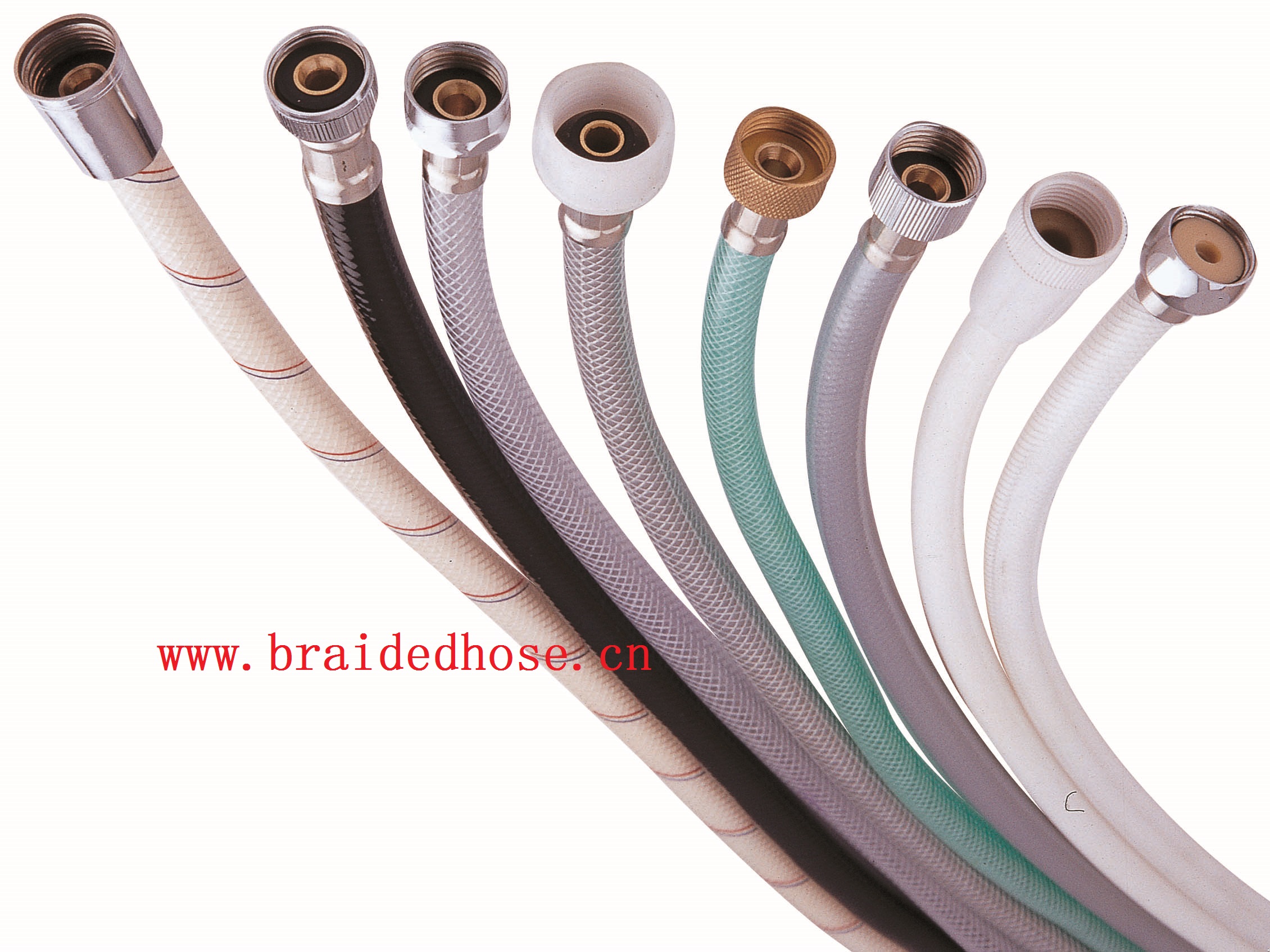Composite Hose vs. Rubber Hose: What's the Difference
Composite Hose vs. Rubber Hose: What's the Difference?
Composite Hose vs. Rubber Hose
Both rubber hoses and composite hoses are popular for industrial applications. Each type has unique advantages, making them suitable for different uses. Refer to the table below for a quick comparison. Later sections will discuss their features in detail.
|
Aspect |
Composite Hose |
Rubber Hose |
|
Material Composition |
Multiple layers, including plastic/thermoplastic barriers and metal spirals |
Made of rubber compounds (natural or synthetic rubber) |
|
Flexibility |
Generally flexible |
Flexible, but stiffness varies |
|
Chemical Resistance |
Excellent chemical resistance |
Depends on the type of rubber used |
|
Temperature Resistance |
Handles a wide temperature range |
Varies based on rubber material |
|
Pressure Rating |
High-pressure resistant due to multi-layer structure |
Some rubber types handle high pressure, others do not |
|
Weight |
Relatively lightweight |
Typically heavier than composite hoses |
|
Cost |
Usually more expensive than rubber hoses |
Generally more cost-effective |
|
Applications |
Chemical transfer, petroleum handling, marine use |
Automotive, industrial, construction, etc. |
Composite Hose vs. Rubber Hose: Design
Composite Hose
Composite hoses typically consist of four main layers: inner layer, reinforcement layer, barrier layer, and outer layer, each serving a specific purpose.
· The innermost layer is usually made of polypropylene, polyethylene, or PTFE, ensuring chemical resistance and smooth fluid flow.
· The reinforcement layer (often metal spirals) provides structural strength, preventing collapse under vacuum and enhancing burst pressure resistance.
· End fittings may include threaded connectors, flanges, cam & groove, or other custom options. Standard lengths are typically 10 or 20 feet.
Rubber Hose
Rubber hoses usually have three layers: inner tube, reinforcement layer, and outer cover.
· The inner tube transports fluids and must be chemically compatible.
· The reinforcement layer (nylon, polyester, or steel wire) adds strength and durability.
· The outer cover protects against abrasion, weathering, and external damage.
Composite Hose vs. Rubber Hose: Performance
· Weight & Flexibility: Composite hoses are lighter and highly flexible. A 2-inch rubber hose is significantly heavier than its composite counterpart.
· Failure Mode: Composite hoses show early signs of failure (e.g., dripping), while rubber hoses may fail catastrophically.
· Pressure Handling: Both handle high pressure, but composite hoses typically have higher pressure ratings.
· Chemical Suitability:
o Composite hoses excel with aggressive chemicals and volatile substances.
o Rubber hoses (e.g., nit-rile or neoprene) are better for oils, fuels, and hydraulic fluids.
Composite Hose vs. Rubber Hose: Manufacturing
· Composite hoses are built with spirally wound thermoplastic layers supported by metal wires for strength.
· Rubber hoses are made via extrusion, calendaring, or molding, affecting their durability.
Fluid Transfer Compatibility
· Composite hoses are versatile for chemicals, petroleum, and marine applications.
· Rubber hoses are ideal for water, air, hydraulic fluids, and specific industrial uses.
Pressure Control
Composite hoses offer better pressure management due to their multi-layer flexibility, while rubber hoses rely on reinforcement materials.
Ease of Use
· Composite hoses are easier to install and maneuver due to their lightweight and multiple connection options (threads, flanges, etc.).
· Rubber hoses are durable but heavier.
Applications
· Composite hoses: Chemical/petrochemical industries, marine fuel transfer, hazardous material handling.
· Rubber hoses: Automotive, agriculture, construction, and general industrial fluid transfer.
Conclusion
Choose composite hoses for lightweight, chemical-resistant, high-pressure applications, and rubber hoses for cost-effective, durable solutions in less aggressive environments.


 简体中文
简体中文 English
English